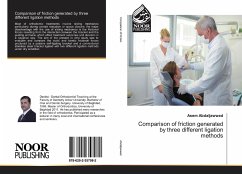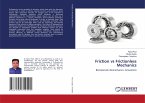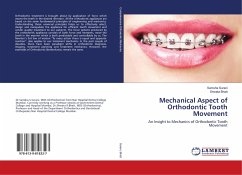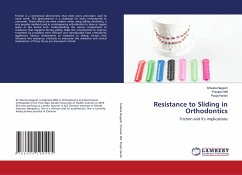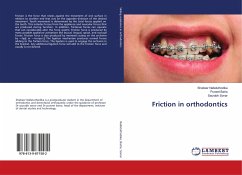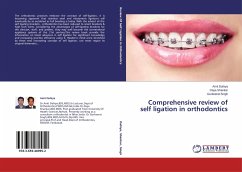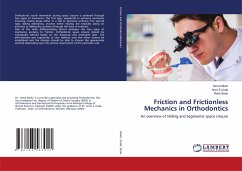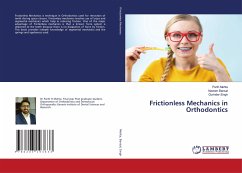Most of orthodontic treatments involve sliding mechanics particularly during overjet reduction or space closure; the major disadvantage with the use of sliding mechanics is the frictional forces resulting from the interaction between the bracket and the guiding archwire, which affect treatment outcomes and duration in a negative way. The aim of the present in vitro study was to evaluate and compare the static and kinetic frictional forces produced by a passive self-ligating bracket and a conventional stainless steel bracket ligated with two different ligation methods under dry condition.
Bitte wählen Sie Ihr Anliegen aus.
Rechnungen
Retourenschein anfordern
Bestellstatus
Storno

